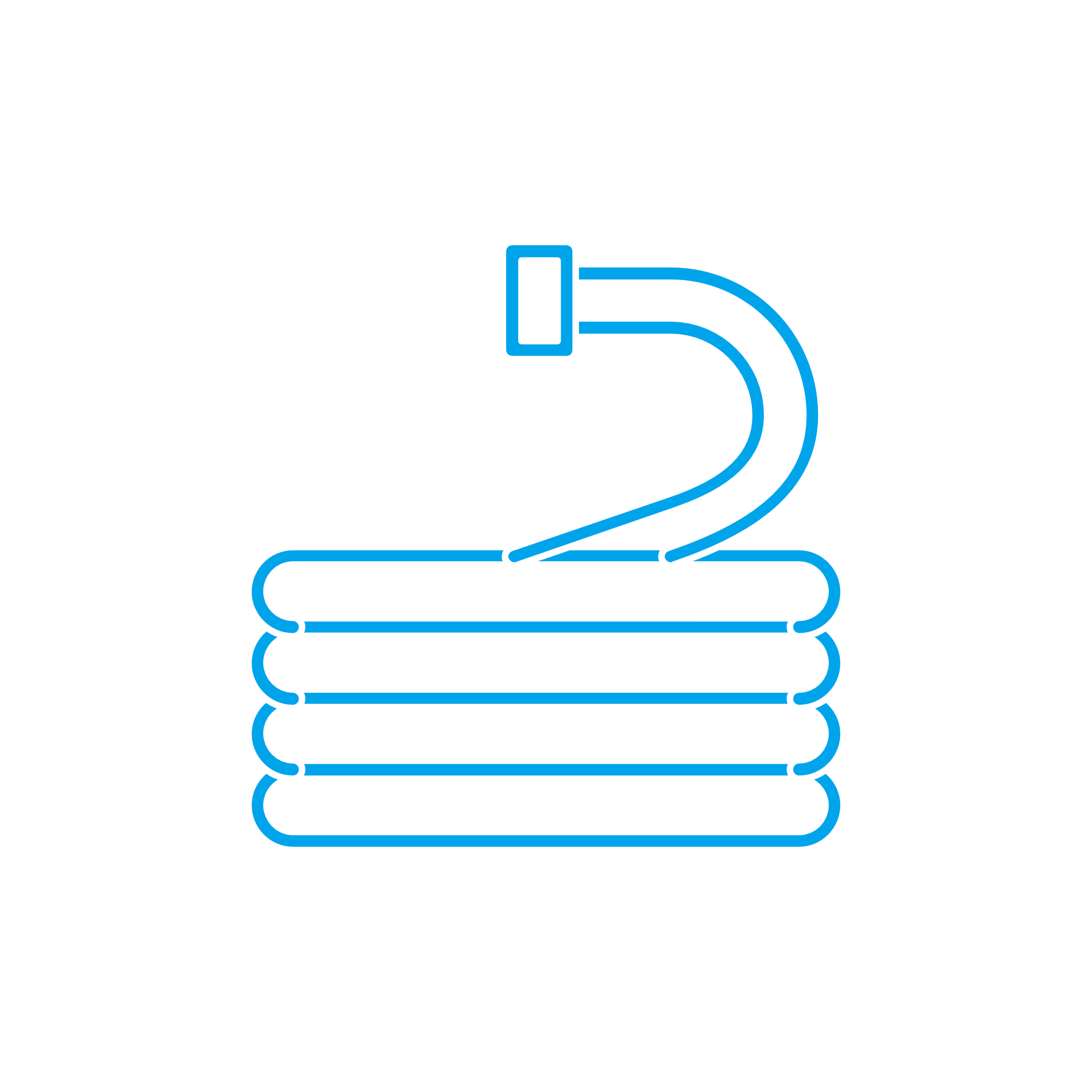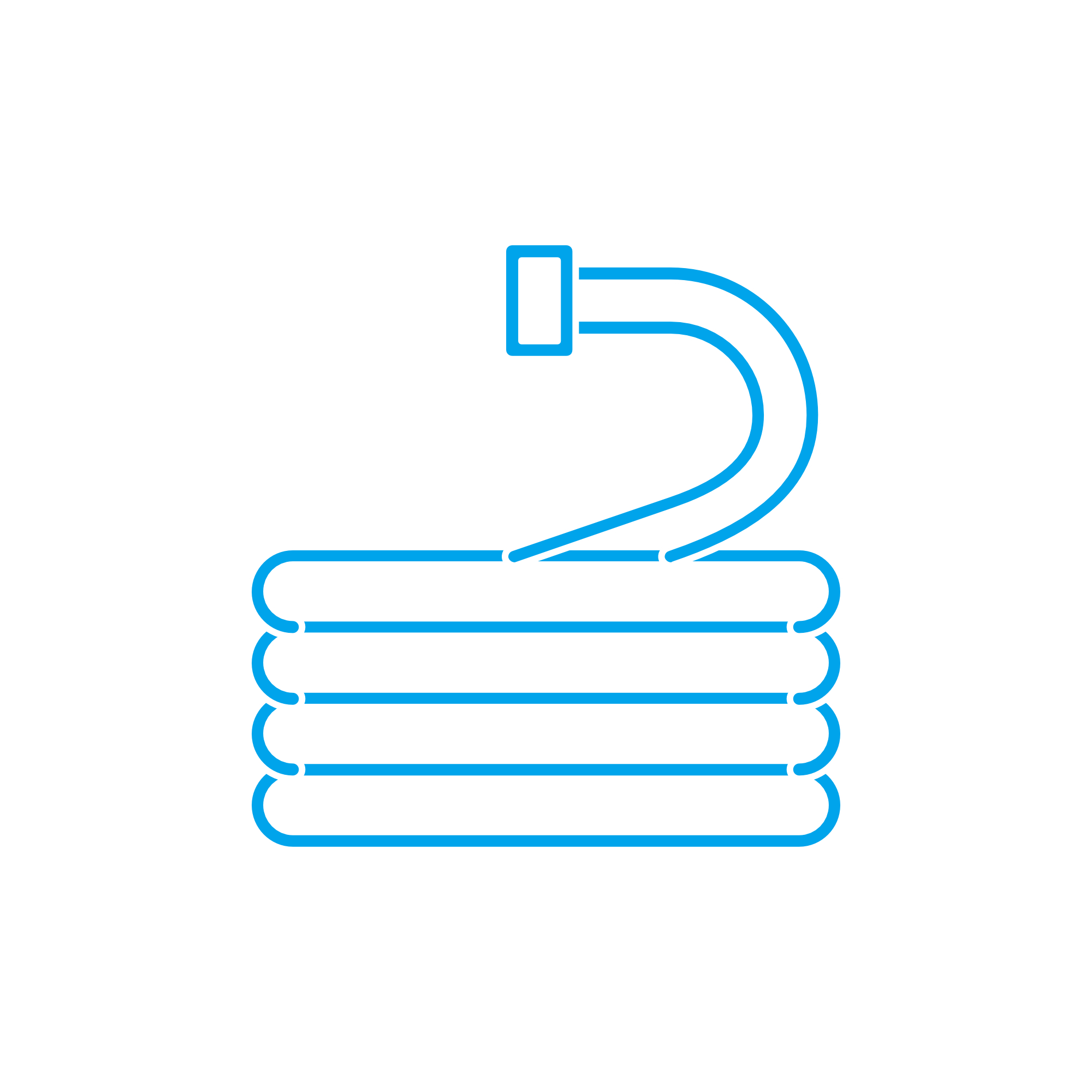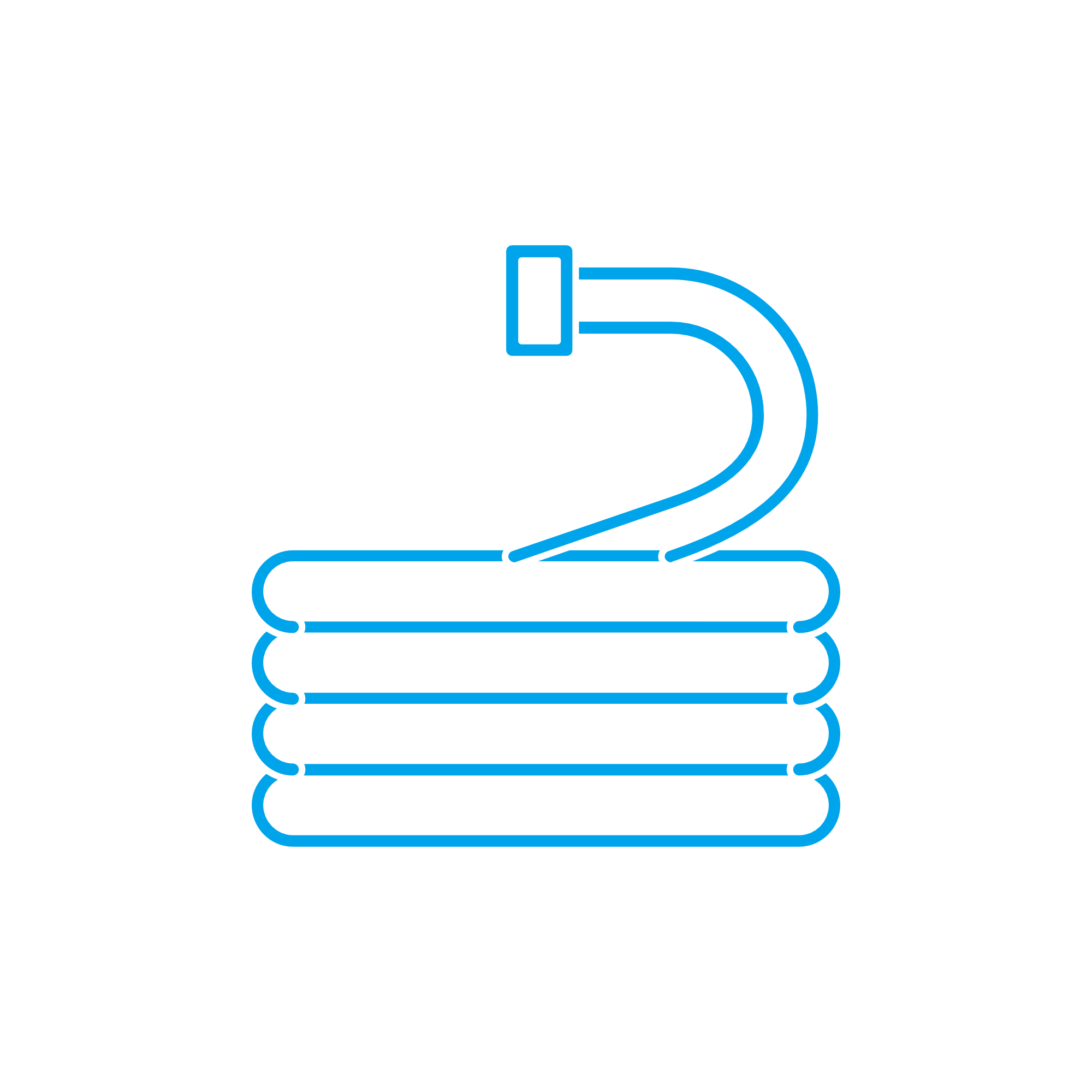TUBING CONNECTION Hoses for Marine and Diesel Engines
Hoses are flexible, pressure-rated conduits that connect rigid piping and engine-mounted components to move fluids and gases reliably. In propulsion and power‑generation applications, they carry coolant, fuel, lube oil, hydraulic fluid, and charge air through critical circuits. Because engines vibrate, expand thermally, and operate in tight spaces, hoses provide the flex and damping that rigid lines cannot. For shipowners and plant operators, high‑quality hoses reduce leakage risk, simplify maintenance, and keep engines within designed temperature and pressure windows.
In any engine room, a well-specified hose is more than a piece of rubber. It is an engineered assembly that must match media compatibility, temperature, pressure, bend radius, and the TUBING CONNECTION interface. From EPDM coolant hoses to NBR fuel lines and silicone charge‑air elbows with fabric reinforcement, the right selection underpins safe, efficient operation.
Technical function of Hoses and the TUBING CONNECTION in a marine engine
Hoses bridge the TUBING CONNECTION between pumps, coolers, heat exchangers, filters, and manifolds. In a marine engine, they absorb vibration from the block and auxiliaries, maintain seal integrity despite engine roll and hull motion, and handle pulsing flows from positive‑displacement pumps. In a diesel engine, coolant hoses stabilize jacket‑water temperatures, lube‑oil hoses ensure stable film formation at bearings, and fuel hoses preserve injection cleanliness and pressure. Proper TUBING CONNECTION marine engine interfaces—beaded stubs with constant‑tension clamps, crimped fittings, or flanged adapters—prevent micro‑leaks and air ingress that can trigger cavitation, overheating, or injection irregularities.
Material and construction matter. EPDM typically serves glycol‑based coolants up to ~120–135°C; NBR (nitrile) handles diesel fuel and oil; FKM (fluoroelastomer) resists aggressive fuels and higher temperatures; silicone with aramid/glass reinforcement withstands hot charge air up to ~200°C. Reinforcement layers (textile braid, spiral wire) define pressure ratings and kink resistance. For fuel in enclosed compartments, marine hoses must meet low permeability and fire resistance requirements (e.g., ISO 7840 A‑class). When specified as TUBING CONNECTION OEM parts, assemblies are validated for exact ID/OD, wall thickness, reinforcement pattern, and end‑fitting geometry to maintain rated flow and clamp load.
- · Flexible link between rigid components, prevents stress and misalignment.
- · Media‑compatible compounds for coolant, fuel, oil, and air.
- · Pressure‑rated reinforcement for pulsation and surge control.
- · Heat and ozone resistance for long engine‑room life.
- · Secure TUBING CONNECTION with beaded ends, crimped ferrules, or flanges.
- · Low permeability options for diesel and gas safety.
- · Tight bend radius for compact installations.
- · Traceable specifications for safe replacement cycles.
TUBING CONNECTION interfaces and performance control
Reliable performance depends on the interface: bead‑rolled nipples with constant‑tension clamps maintain sealing as temperatures swing; crimped fittings deliver repeatable compression on hydraulic or high‑pressure fuel circuits; flanged hose ends simplify maintenance at heat exchangers. Proper surface finish, barb geometry, and clamp selection retain torque and prevent cold‑flow of the elastomer. Using a TUBING CONNECTION diesel engine assembly matched to the engine maker’s design keeps pressure losses minimal and avoids hose collapse under suction on the pump inlet side.
Why Hoses are critical for engine reliability and service life
Hoses sit at the frontline of engine reliability. A softening coolant hose can balloon and burst, leading to thermal overload. A cracked fuel hose can allow air ingress, causing misfires, injector wear, and loss of power. Oil hose seepage creates fire risk and accelerates contamination. Charge‑air hose leaks reduce boost, raise exhaust temperatures, and increase fuel consumption. Conversely, correctly specified hoses stabilize system pressures, maintain efficient heat rejection, and protect rotating assemblies and aftertreatment equipment.
Failure modes to monitor include age‑hardening, abrasion at supports, clip imprinting, bulging near fittings, and chemical swell from incompatible media. Routine inspection combined with planned replacement prevents unplanned off‑hire and class non‑conformities.
Advantages of OEM spare parts suitable for Hoses
Choosing OEM spare parts suitable for Hoses aligns material compounds, reinforcement architecture, and TUBING CONNECTION geometry with the engine’s certified design. That alignment translates directly into stable performance, predictable maintenance windows, and lower lifecycle cost. Flow cross‑section, bend radius, and barb/bead dimensions are held within tight tolerances so that pumps see the right NPSH margin, injectors receive stable feed pressure, and coolers work at their intended duty point.
For purchasers and technical managers, these advantages are tangible:
- · Performance: Consistent flow and pressure, optimized heat rejection.
- · Reliability: Proven materials resist heat, oil, fuel, and ozone.
- · Budget: Longer service intervals reduce labor and downtime.
- · Service life: Correct reinforcement and fittings prevent early fatigue.
- · Compliance: Built to marine and engine specifications for safety.
- · Traceability: Clear part IDs support audits and planned overhauls.
When assemblies are supplied as TUBING CONNECTION OEM parts, you also benefit from controlled crimp parameters, validated clamp loads, and documented test regimes (pressure, burst, impulse). This reduces the risk of mismatch between hose and fitting—a common cause of early leaks and maintenance callbacks.
MOPA as your partner for TUBING CONNECTION Hoses and OEM parts
MOPA is an experienced, reliable partner for OEM spare parts suitable for Hoses across diesel and gas engines. We source and trade TUBING CONNECTION OEM parts with a focus on speed, quality, and security—from coolant elbows and fuel lines to oil and charge‑air hose assemblies. Our team supports you with correct part identification, cross‑references to engine BOMs, and documentation for class inspections.
With responsive lead times, controlled logistics, and rigorous inbound checks, MOPA helps shipowners and operators maintain availability. Whether you are preparing for a dry‑dock, a voyage repair, or a planned shutdown, we align deliveries to your schedule and ensure you receive precisely built hose assemblies ready to install.
Conclusion: Hoses and TUBING CONNECTION OEM solutions
Hoses are vital connectors that keep marine and diesel engines operating safely and efficiently. Specifying the right compounds, reinforcement, and TUBING CONNECTION interfaces prevents leaks, protects equipment, and stabilizes performance. OEM spare parts suitable for Hoses provide the precision and consistency that extend service life, improve reliability, and protect your budget.




